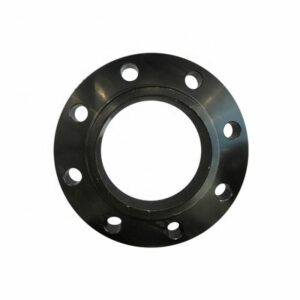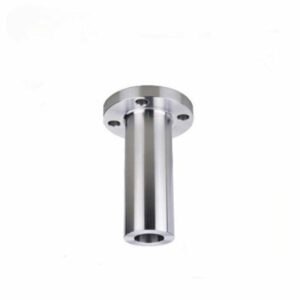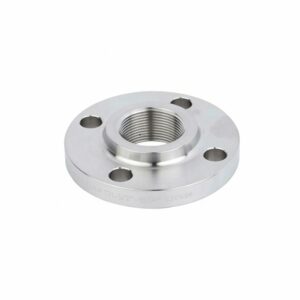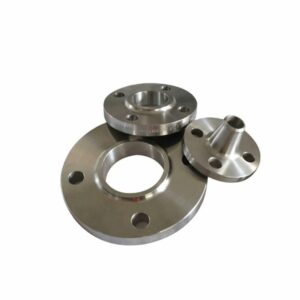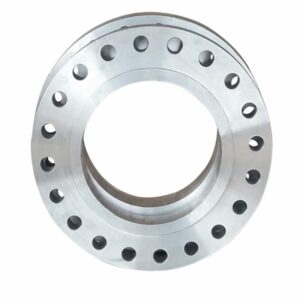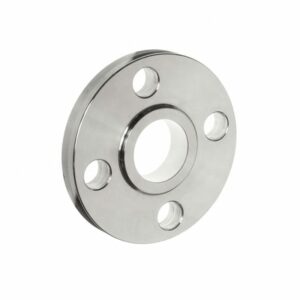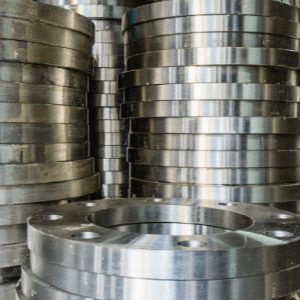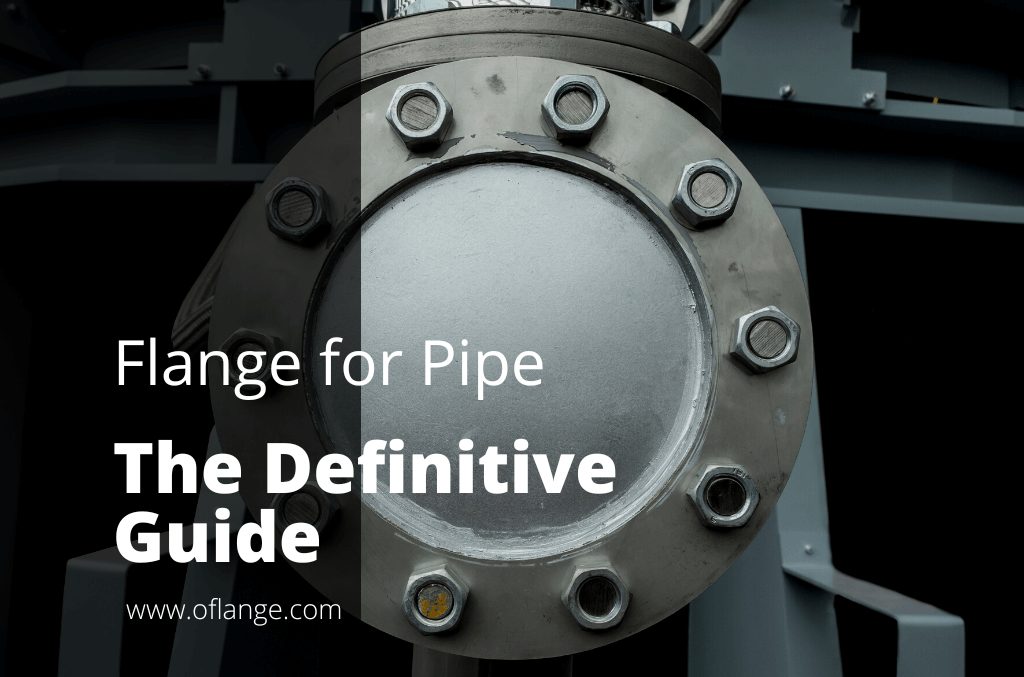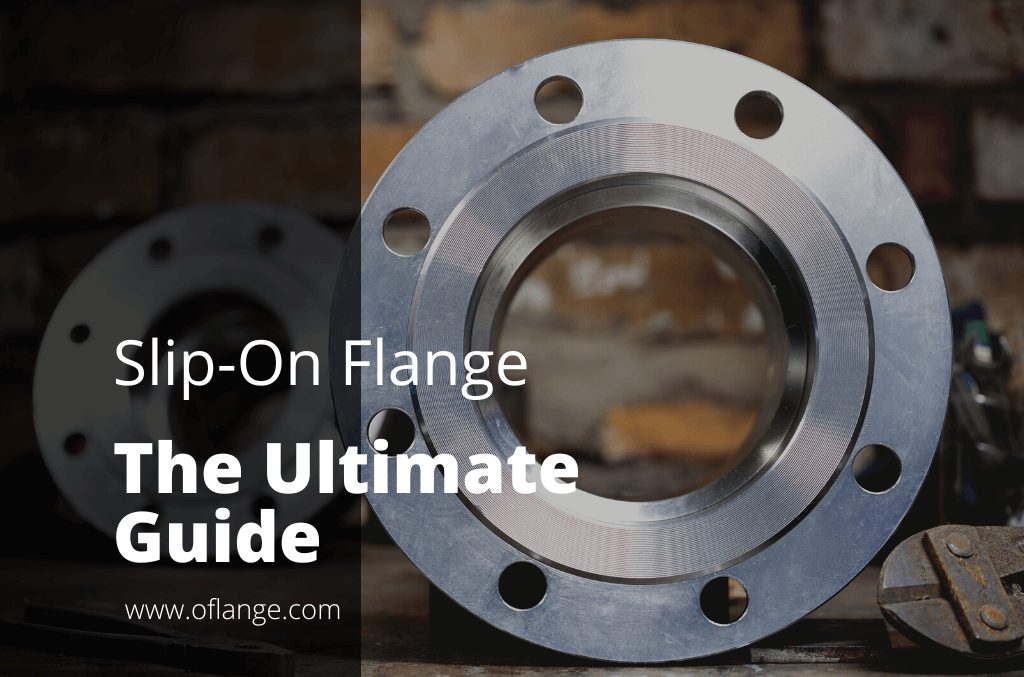PRODUCT FEATURES
Weld Neck Flange Manufacturer to Rocket Your Business
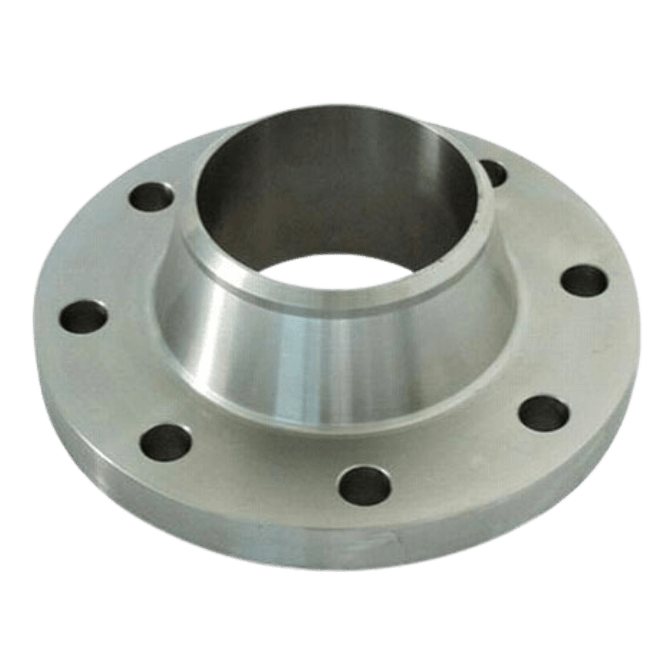
PRODUCTS
Proud To Offer A Wide Variety Of Flanges
If you are looking for something specific that isn’t listed on our website yet, just contact us today!

ABOUT US
Who Is Oflange.com
oflange.com have seen that today there are also many flange companies in China & internationally. However, their solutions were still stuck a few years ago.
In fact, we have been upgraded in recent years, and oflange.com hope our smart and flexible solutions can inject fresh blood into this market.
PARTNER
Who Trust Us





BUYER’S GUIDE
Weld Neck Flanges
What is a weld neck flange? Weld neck flanges are used to join pipes or tubes together. They provide a strong, leak-free seal and are used in a variety of industrial applications. These are available in a variety of sizes and materials to meet your needs. They are also easy to install and use.
Welding neck flange is made of steel and creates a strong, leak-free seal when joining pipes or tubes together. They are commonly used for industrial applications such as exhaust systems, fuel tanks, water heaters, boilers, etc., but can be found on just about anything that uses pipes.
Weld neck pipe flanges are the perfect way to connect two pipes. They have a neck that extends above the pipe, which allows for a strong weld. This makes them ideal for high-pressure and high-temperature applications.
Table of contents
1. Weld Neck Flange Price
The average weld neck flange price ranges from USD 20 to USD 200. The price is more expensive for weld neck vs slip on flange which is slightly less. It depends on the size, weld neck flange dimensions, and type of weld neck flange, as well as the material it is made from.
10 inch Weld Neck Class Dimension
| Product Type | Weld Neck Flanges |
| Size | 10″ |
| Material | Carbon Steel |
| Class | 150 |
| ID Type | Pipe |
For small weld neck flanges (up to 12 inches), carbon steel weld neck flanges are the most affordable option, while stainless steel weld neck flange is more expensive. While larger weld neck flanges made from carbon steel are cheaper, weld neck flanges made from alloy steel and stainless steel are more expensive.
| Weld Neck Flange | Price |
|---|---|
| Small weld neck flanges | USD 20-60 |
| Large weld neck flanges | USD 80-200 |
| Extra Large weld neck flanges | USD 150-500 |
If you are decided to purchase a weld neck flange, be sure to ask for a weld neck flange price list on each supplier and then compare the prices. Also, clarify if they do sell by weld neck flange weight in kg or by bulk weld neck flange.
2. Uses of Weld Neck Flange
Weld neck flange is one of the most commonly used flanges. This flange is very versatile in that it can be used in a variety of applications. Some of the uses of weld neck flange include:
The Petrochemical Industry – Piping Components
A weld neck flange is a popular choice for steel pipe fittings in the petrochemical industry. The weld neck flange’s tapered design ensures a strong, leak-proof seal when connecting two pieces of piping.
The Food and Beverage Industry – Sanitary Fittings
Welding neck flanges are also commonly used in sanitary fittings in the food and beverage industry. The smooth, weld-free surface of a weld neck flange prevents the build-up of bacteria, making it an ideal choice for applications where hygiene is critical.
The Pharmaceutical Industry – High-Pressure Applications
Weld neck flanges are often used in high-pressure applications in the pharmaceutical industry. The weld neck flange’s tapered design allows for a greater degree of flexibility, making it less likely to rupture under high pressure.
The Oil and Gas Industry – High-Temperature Applications
Weld neck flanges are also popular in the oil and gas industry, where they are often used in high-temperature applications. The weld neck flange’s tapered design allows it to withstand high temperatures without melting or warping.
3. How Is a Weld Neck Flange Made
Weld neck flanges are made in several different ways, depending on the weld neck flange manufacturer and weld neck flange supplier. Here’s how weld neck flanges are typically made:
Step #1 Cutting Raw Materials
The first step in making weld neck flanges is to cut raw materials such as steel into individual pieces. This is typically done using a laser or water jet cutter.
Step #2 Forming the Flange
The next step is to form the flange. This is usually done using a hydraulic press. The weld neck flange’s tapered design is created by bending the metal around a mandrel.
Step #3 Welding the Neck
Once the flange has been formed, the weld neck is welded to the flange. This is usually done using a TIG welder.
Step #4 Testing
The weld neck flange is then tested for leaks and other defects.
Step #5 Packaging
Finally, the weld neck flange is packaged and shipped to customers.
While there are variations in the manufacturing process, this is the general procedure for making weld neck flanges. If you’re interested in learning more about how weld neck flanges are made, contact your local weld neck flange supplier or weld neck flange manufacturer such as Oflange.
4. Weld Neck Flange Dimension
Weld neck flanges come in various dimensions and it is important to select the right weld neck flange dimension for your project. The weld neck flange dimensions include the outer diameter, inside diameter, thickness, and hub length.
The American National Standards Institute ANSI weld neck flange dimensions must be followed. There are three weld neck flange classes- Class 150, 300, and 600. The weld neck flange dimensions for each class are different and it is important to select the right weld neck flange dimension for your application.
They are available to weld neck flange dimensions in mm from 15mm to 1524mm, in pressure classes 150 through 2500. These weld neck flanges dimensions are based on ASME B16.36/ANSI B16.36, which covers weld neck flanges for use with butt weld pipe fittings.
5. Advantages of Using a Weld Neck Flange
Every flange type has the advantages that make it the best choice for certain applications. Here are the advantages of using a weld neck flange:
Durable and Reliable
Weld neck flanges are some of the most durable and reliable pipe fittings available. They can withstand high pressure and high temperatures without melting or warping.
Weld neck flange is often used in a pressure vessel. Because of their design, weld neck flanges can handle high pressures and are less likely to leak than other types of flanges. Additionally, weld neck flanges provide a strong weld joint that can withstand high stress.
Leak-Proof
Weld neck flange is a strong, leak-proof seal when connecting two pieces in the pipe system. This makes weld neck flanges ideal for use in critical applications such as the petrochemical and pharmaceutical industries.
Flexible
The weld neck flange’s tapered design allows for a greater degree of flexibility, making it less likely to rupture under high-pressure vessels. This makes weld neck flanges ideal for use in high-pressure applications.
Easy to Assemble
Weld neck flange is easy to assemble, which makes it an excellent choice for applications where time and labor costs are a concern. Weld neck flanges can be assembled quickly using standard pipe fittings such as weld elbows and weld tees.
Easy to Clean
Weld neck flange’s smooth, weld-free surface makes weld neck flanges easy to clean. This makes weld neck flanges an ideal choice for use in sanitary fittings such as those used in the food and beverage industry.
Cost-Effective
Weld neck flange is a cost-effective pipe fitting that can be used in many different applications across several industries. Weld neck flanges are typically less expensive than weld plate flanges, weld lap joint flanges, weld slip-on flanges, weld threaded flanges.
6. Disadvantages of Using a Weld Neck Flange
The disadvantages of using a weld neck flange don’t mean weld neck flanges are a poor choice for your application. Every type of pipe fitting has its own set of advantages and disadvantages, which is why it’s important to consult with a weld neck flange supplier or weld neck flange manufacturer before making a decision.
Here are the disadvantages of using weld neck flange:
Limited Versatility
Weld neck flanges are welded to the pipe, making weld neck flange less versatile than other types of pipe fittings. This makes weld neck flanges a poor choice for applications that require frequent disassembly or removal of piping.
Difficult to Align
The weld neck is welded directly to the flange, making weld neck flanges more difficult to align than other types of pipe fittings. This makes weld neck flanges a poor choice for applications that require frequent adjustment of piping systems.
7. Determining if a Weld Neck Flange Is the Right Choice for Your Application
When choosing a weld neck flange, it’s important to consider the application and its requirements. Choosing a wrong weld neck flange can result in weld joint failure, increased costs, and downtime. Here are some factors to consider when determining if a weld neck flange is the right choice for your application:
Type of Material
Is the weld neck flange designed for use with carbon steel, stainless steel or other materials? It’s important to choose a weld neck flange that is compatible with the material being used.
Right Size
Is the weld neck flange the right size for the pipe? It is important to check for the weld neck flange dimensions such as size, thickness, type, and weld neck flange weight to ensure compatibility.
Maximum Pressure Rating
The weld neck flange pressure ratings are determined by the type of metal it is made from, the thickness of the metal, and the manufacturing process. The weld neck flange has a higher pressure rating than other types of flanges because it engages the pipe more securely.
It’s important to choose a weld neck flange that can withstand the application’s pressure and temperature requirements.
Type of Connection
What type of connection does the weld neck flange require? For example, weld end or threaded end. It’s important to choose a weld neck flange that has the correct type of connection that could fit inside the diameter of a flange.
Leak-Proof Seal
Is a leak-proof seal important for the application? If so, a weld neck flange is an ideal choice.
Ease of Assembly
How much time and labor is required to assemble the weld neck flange? Weld neck flanges are easy to assemble, making them a good choice for applications where time and labor costs are a concern.
8. Types of Weld Neck Flanges
There are different types of weld neck flange. Each type of weld neck flange has its features and designs. It’s important to consult with a weld neck flange supplier or weld neck flange manufacturer to determine which type of weld neck flange is best for your application.
Here are the different weld neck flange types.
Raised Face Weld Neck Flange (RFWN)
What is RFWN flange? A raised face weld neck weld flanges are the most common type of weld neck flange. They can be identified by their long tapered hub, which is matched to the pipe’s wall thickness (bore).
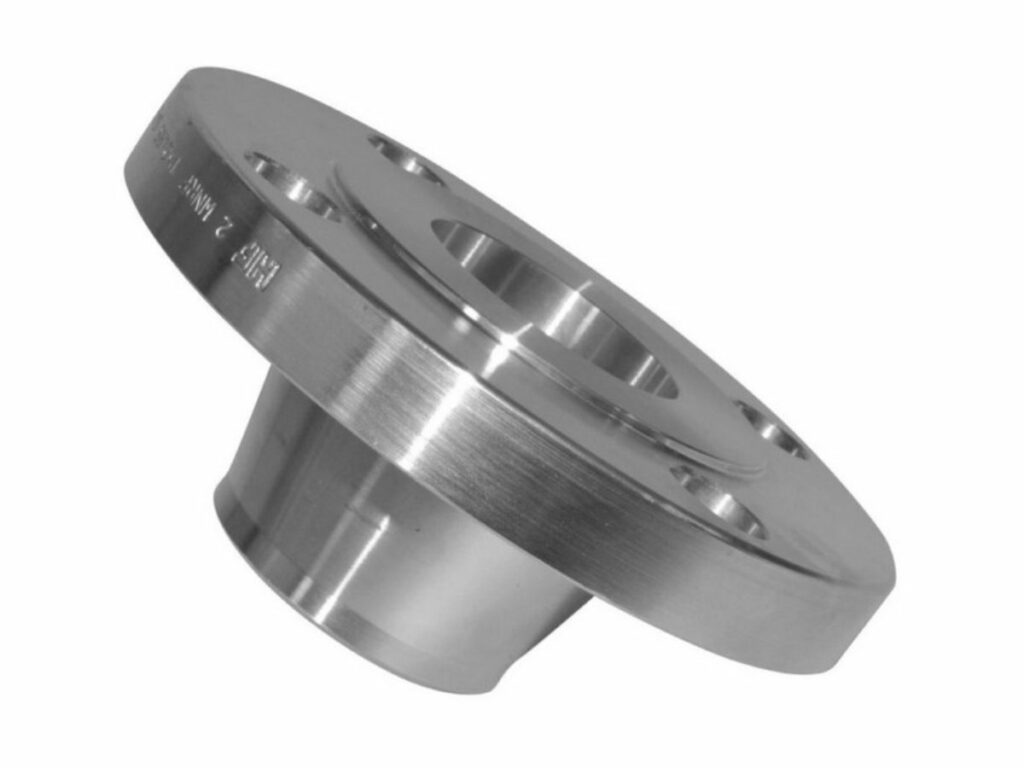
Flat Face Weld Neck Flange (FFWN)
The flat weld neck flange has a large circular gasket surface that is smooth and flat. This type of weld neck weld flanges is used in situations where two pipes must be joined together with a full face gasket.
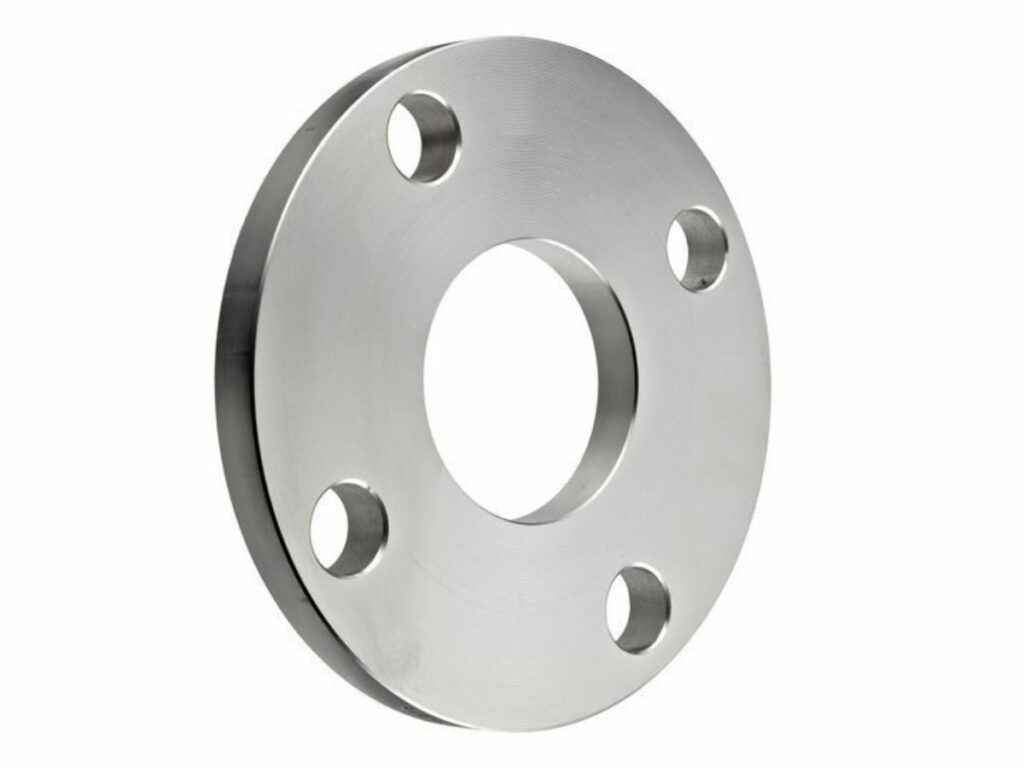
Weld Neck Orifice Flange (OWN)
The weld neck orifice flange is similar to the RFWN flanges but has a smaller diameter bore. This type of weld neck flange is used when a large pipe must be attached to a small pipe. A weld neck orifice flange dimensions should be specified when ordering to ensure compatibility.
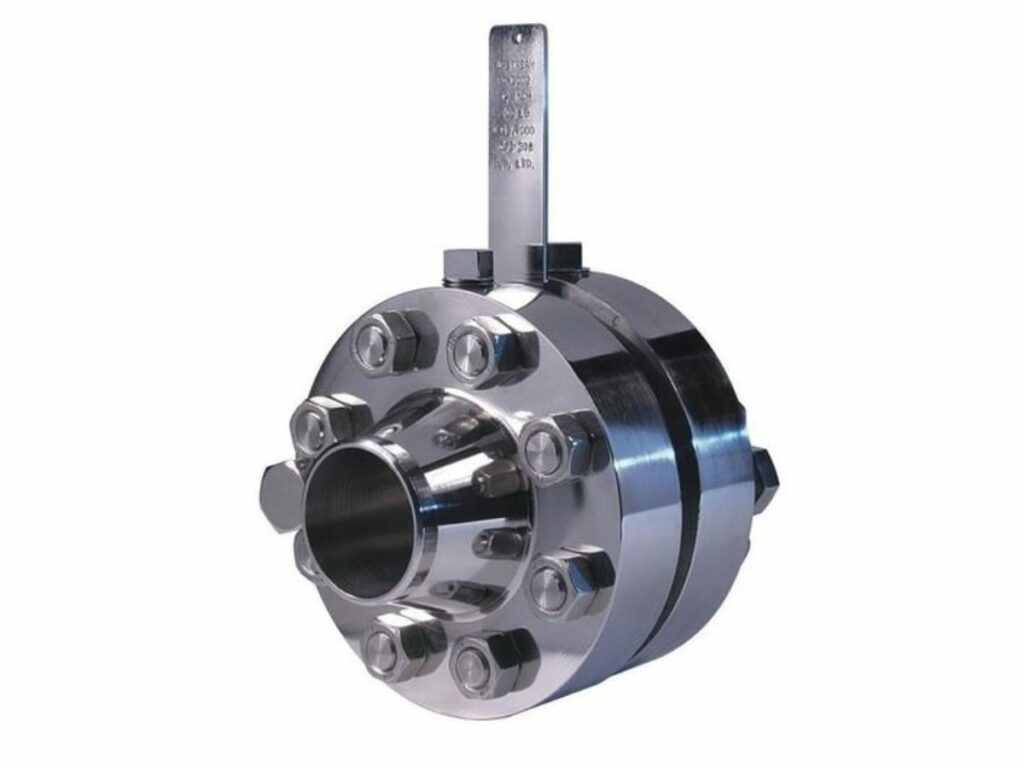
Socket Weld Neck Flange (SWWN)
The socket weld neck flange has a circular gasket surface that is slightly smaller than the pipe’s nominal size. This type of WN flange is welded to the pipe via a fillet weld, which connects around the neck of the flange.
The socket weld neck weld flanges are suitable for piping systems that require high temperature and pressure, as per ASME B16.47 Series A.
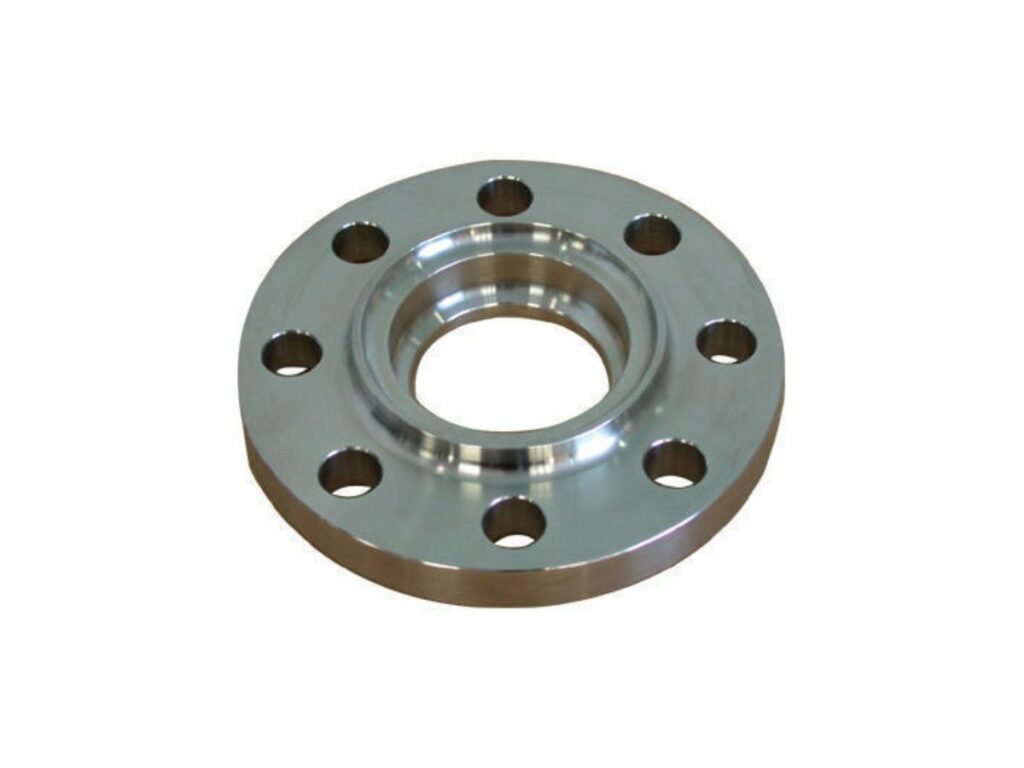
Ring Type Joint weld neck flange (RTJWN)
The RTJWN flange has a circular gasket surface that is the same size as the pipe’s nominal size. This type of weld neck weld flange uses a metal-to-metal seal, which makes it an ideal choice for high pressure and temperature applications.
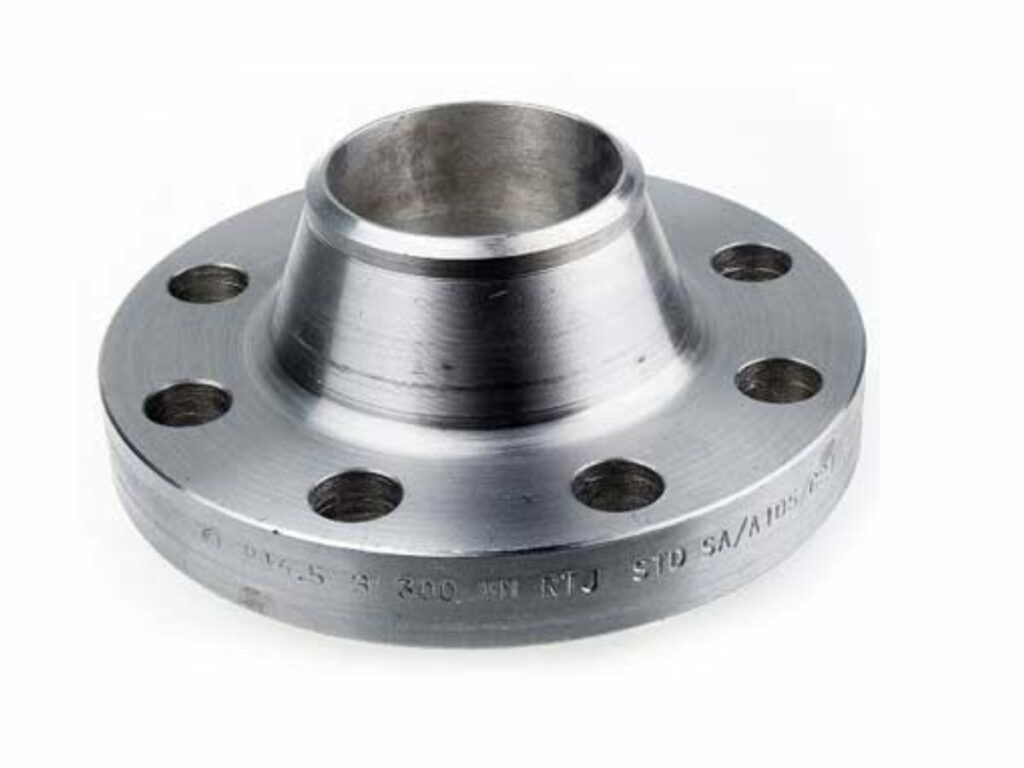
Lap Joint Weld Neck Flange (LJWN)
The lap joint weld neck flange is similar to the socket weld neck flange, but it has a circular gasket surface that is the same size as the pipe’s nominal size.
We have provided an isometric symbol chart for the piping coordination system. Please see the weld neck flange image below.
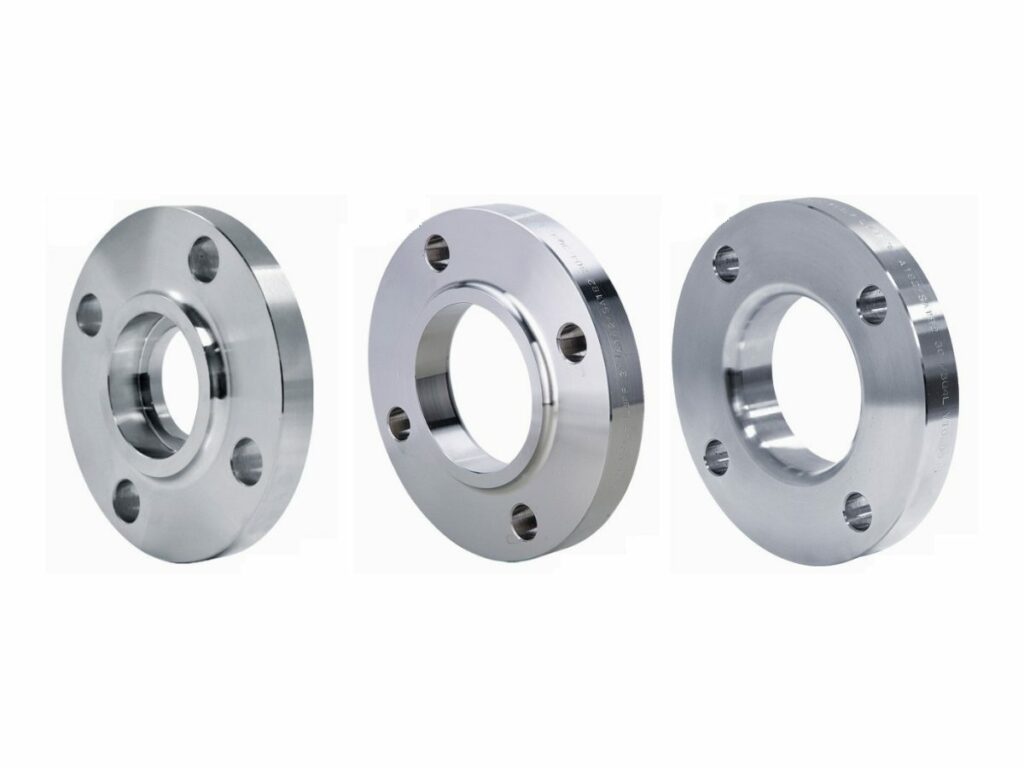
9. Installation of Weld Neck Flange
Installing a weld neck flange can be a challenging task. It’s important to follow the correct steps to ensure a leak-proof seal is achieved. Here is a step by step guide for installing weld neck flange:
Step #1 Clean the Surface Area
Clean the pipe and fittings of any oils or debris. This will help ensure a leak-proof seal when the weld neck flange is installed.
Step #2 Threading
Thread the weld neck flange onto the end of the pipe. Make sure to use a pipe wrench to tighten the weld neck flange onto the pipe.
Step #3 Welding
Place the weld neck flange near a welding machine and weld it to the end of the pipe. Make sure to weld the entire circumference of the weld neck flange to ensure a leak-proof seal.
Step #4 Check For Leaks
Test the weld neck flange for leaks. Apply water or air pressure to the pipe and make sure there are no leaks. If there are any leaks, re-weld the weld neck flange until it is leak-proof.
Step #5 Install Gaskets and Bolts
Install the weld neck flange’s gasket and bolts. Make sure to use a torque wrench to tighten the bolts to the correct specifications.
10. Common Problems With Weld Neck Flanges and How Can They Be Avoided
Problems may occur during the installation of weld neck flanges. To minimize such problems, it is important to follow the correct installation steps and use the proper tools. Here are some of the most common problems with weld neck flanges and how they can be avoided:
Welding Errors
If the weld neck flange is not properly welded, it can cause a leak-proof seal. Make sure to weld the weld neck flange to the pipe using a welding machine and make sure to weld the entire circumference of the weld neck flange to ensure a leak-proof seal.
Incorrect Size of Weld Neck Flange
If weld neck flanges are not the correct size for an application, it can cause a leak-proof seal. Make sure weld neck flanges are the correct size for each application by using weld neck pipe fittings charts and consulting with an engineer or weld neck flange manufacturer.
Incorrect Bolt Torque
If the bolt torque is not correctly set, it can cause a leak-proof seal. Make sure to use a torque wrench to tighten the bolts to the correct weld neck flange specification.
Gasket Failure
If the weld neck flange’s gasket fails, it can cause a leak-proof seal. Make sure weld neck-raised face flange gaskets are made of high-quality materials to ensure they don’t fail and cause a leak-proof seal.
Wear and Tear
If weld neck flanges are not properly maintained, it can cause a leak-proof seal. Make sure to regularly check weld neck flange for wear or damage and repair or replace as necessary.
By following these tips, you can help avoid common problems with weld neck flanges and ensure a leak-proof seal.
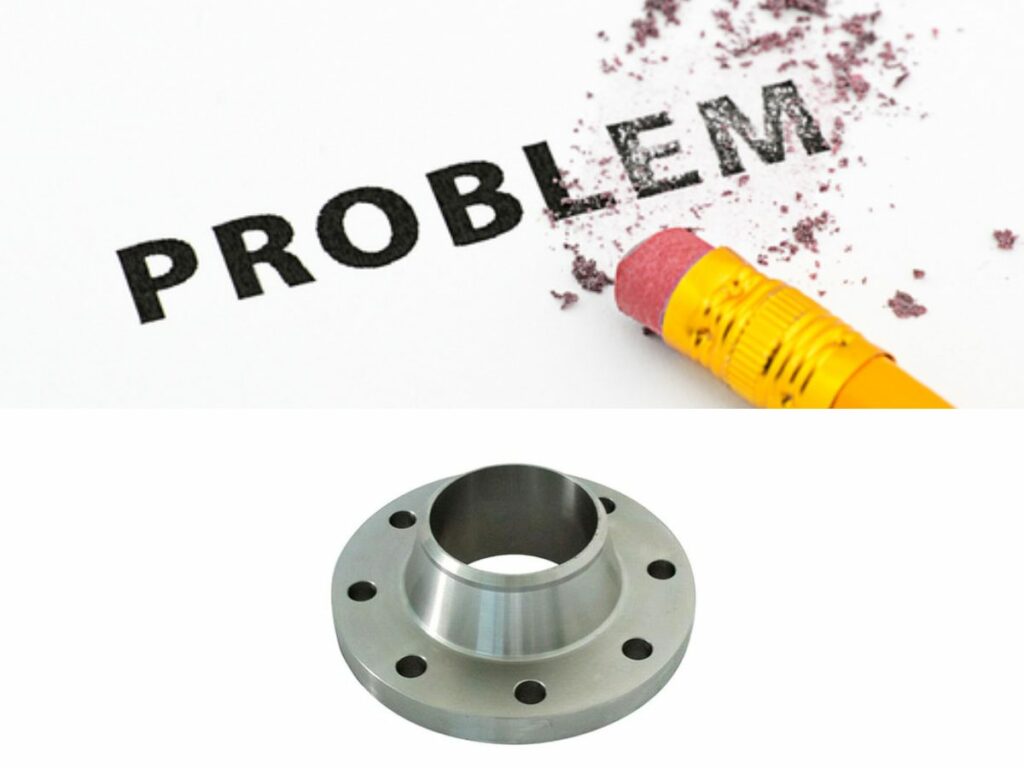
11. Final Words
Looking for a strong and durable flange that can withstand high pressure?
Weld neck flanges are often used in high-pressure applications because of their strength and durability. They are easy to install and easy to use, making them a popular choice for many businesses.
You won’t have to worry about your weld neck flange not being able to withstand pressure. It is made with strong materials that will make sure your pipe stays together under any circumstance. Plus, it is easy to install so you can get started right away.
Get yours today by contacting us at Oflange.
